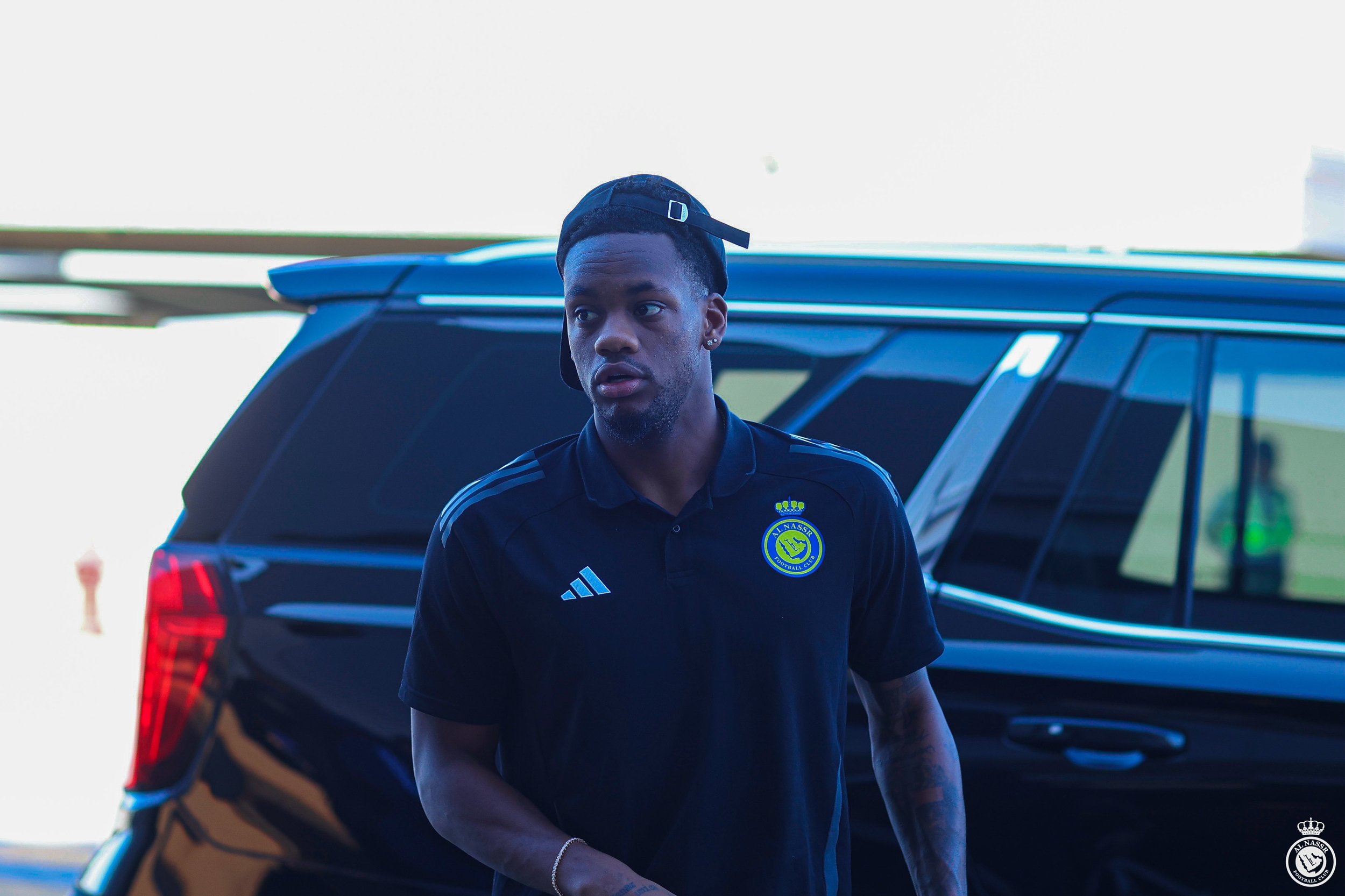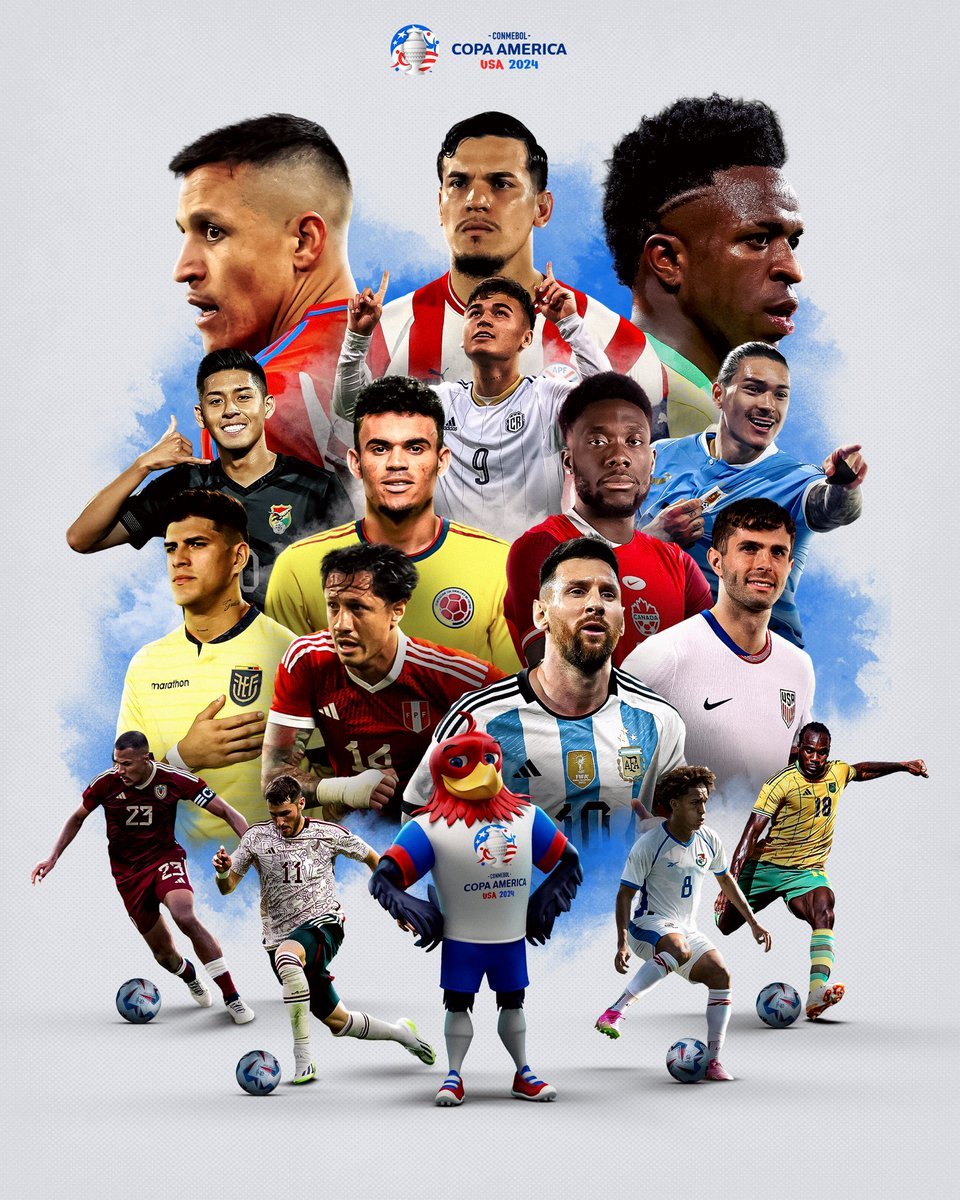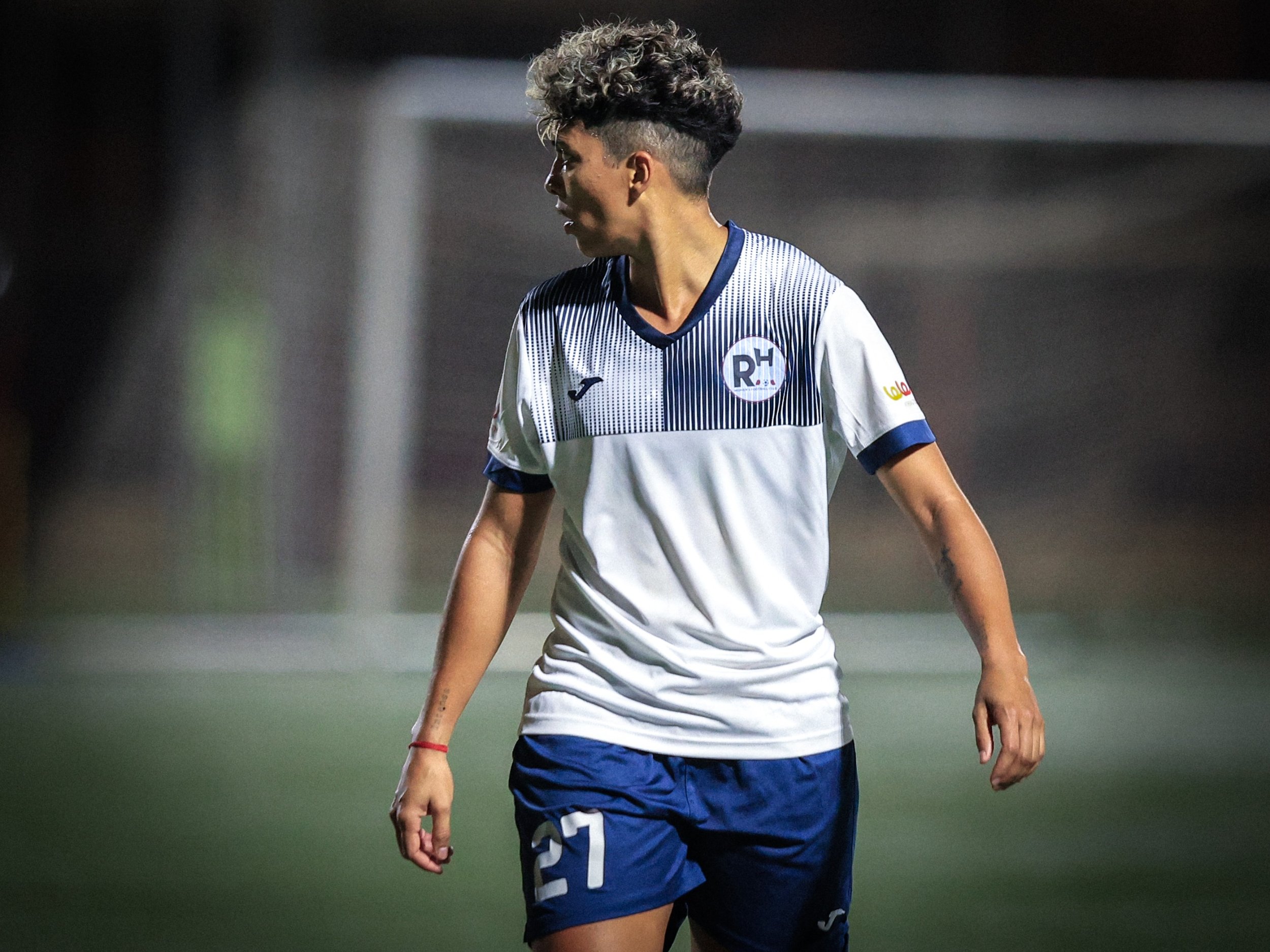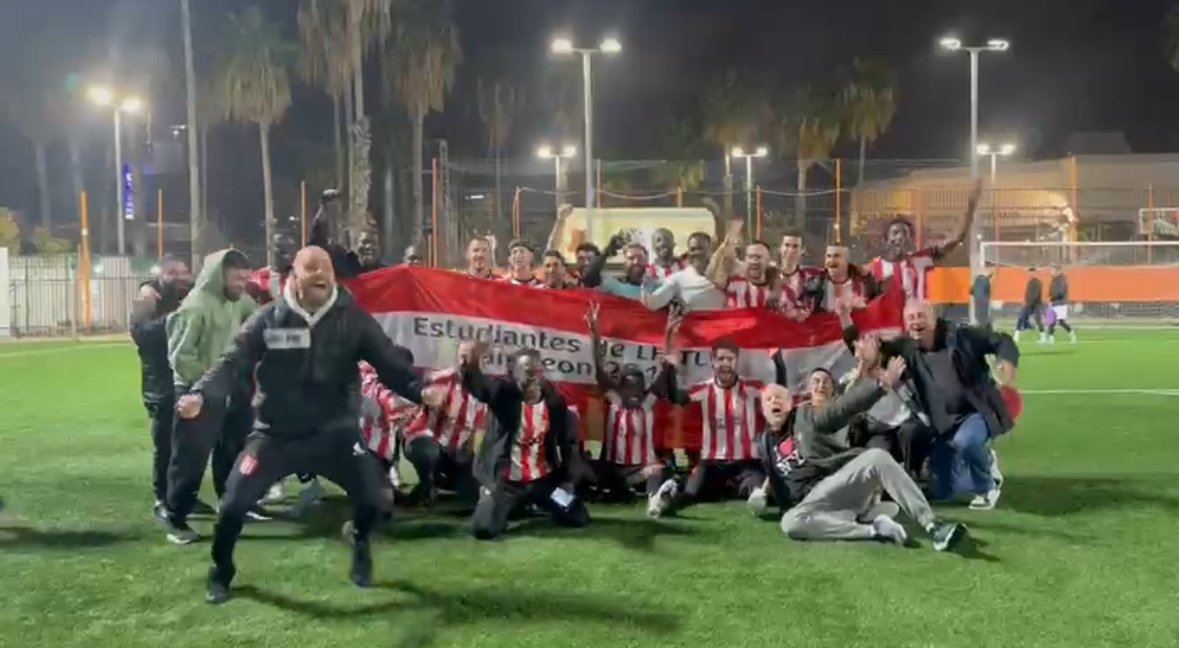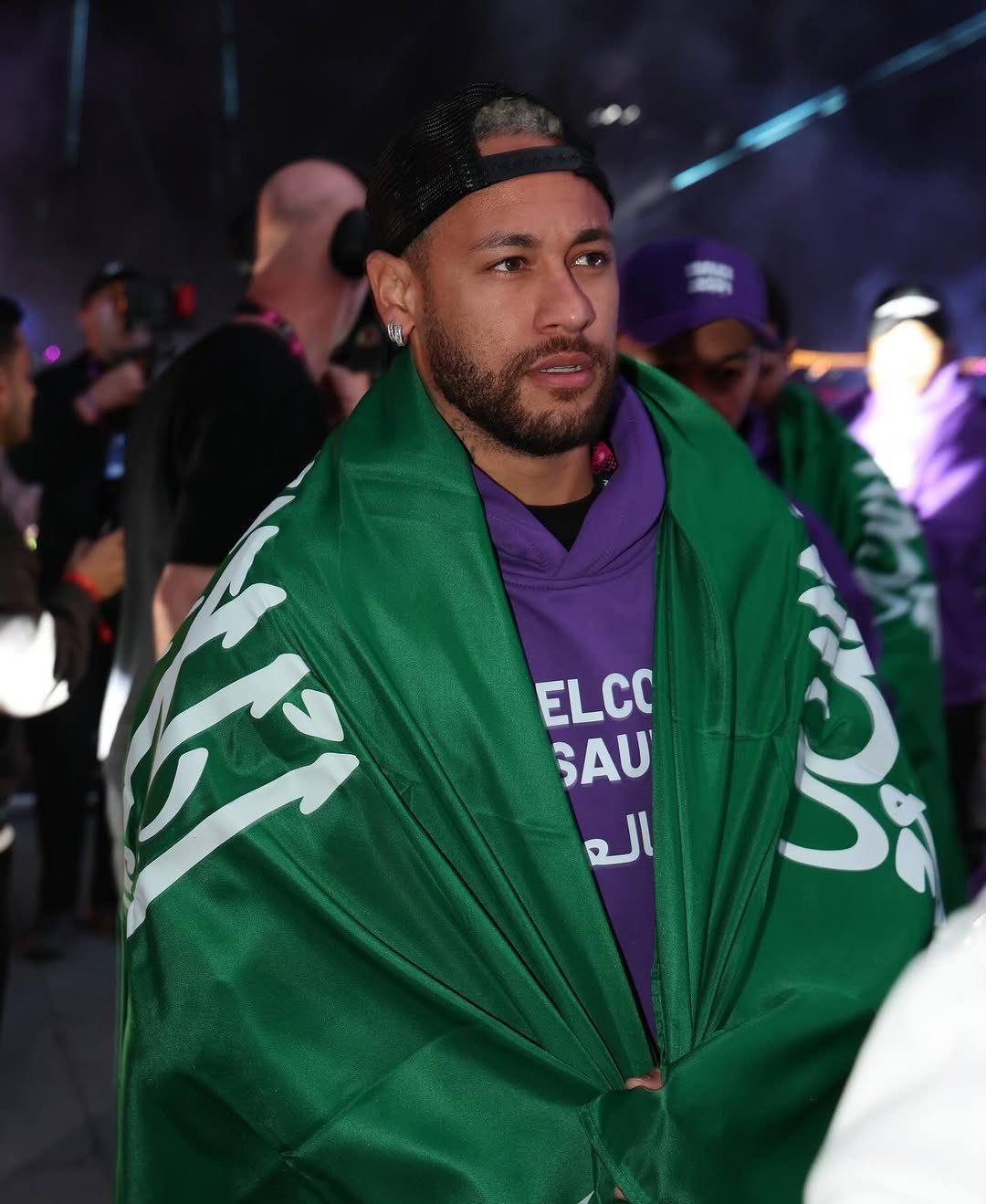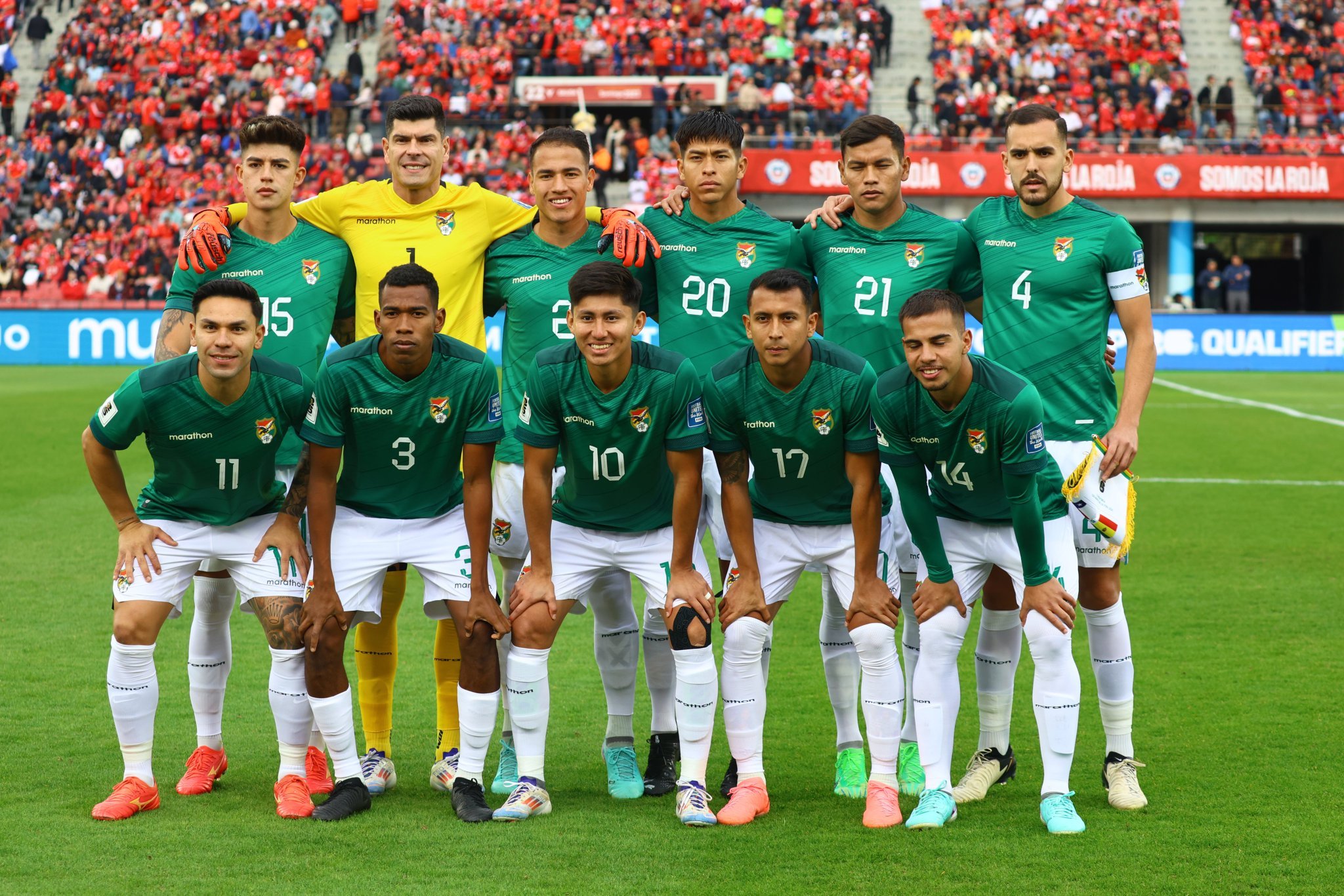The South American qualifiers for the 2022 World Cup are about to end.
Brazil and Argentina are the only teams to secure their spots in the tournament so far – two and a half spots remain, with six teams battling it out for a place in the finals.
Ecuador are in the best position of the bunch, and may be able to secure their qualification later this month but, after this, we’re left with a dramatic race to the finish.
One of the favourites are surely Colombia but, even though they are currently ranked fourth in the table, something just hasn’t clicked for the Cafeteros this past year.
📸 🔜 🇵🇪
— Selección Colombia (@FCFSeleccionCol) January 28, 2022
Todo listo para el partido de mañana
¡Todos juntos! 🟡🟡🔵🔴#JuntosLoLogramos🇨🇴 pic.twitter.com/fVe3TswK5g
After six years under head coach Jose Nestor Pekerman, Colombia started a new era with Carlos Queiroz at the helm at the start of 2019. At first, things looked great under the Portuguese manager, in the 2019 Copa America for example, but soon things soured.
Embarrassing results in friendly matches, a lack of goals, and bad form increased the public pressure on Queiroz – fans were calling for his head.
Colombia started their qualifying campaign with four points out of six, but two horrible losses - 3-0 at home to Uruguay and 6-1 against Ecuador in Quito – and that match in Quito was the game that cost Queiroz his job.
There were rumours that the players sabotaged his game plan and fought between themselves at half-time. Eventually, the Colombian federation announced the appointment of Reinaldo Rueda as his successor.
In Rueda we Trust
Rueda had a real obstacle on his hands when it came to one of Colombia’s star players, James Rodriguez, who hadn’t played for his club for several months. As a result, the coach decided to exclude him from the squad for some of the qualifiers, as well as the 2021 Copa America. James, a typically quiet person, took the decision hard.
James criticising the decision publicly in a live broadcast on his Instagram account was only the first problem for the side. After scoring five goals in the first two games of the tournament, the team suffered a severe goal drought – despite finishing third in the Copa America, they only scored seven goals from seven games, including three in a meaningless match against Peru. Clearly something wasn’t working.
Currently, Colombia are ranked in fourth place in the South American qualifiers, notching up 17 points and losing only three of their 14 games. But, despite these stats, they’ve still only won three matches. Eight ended in a draw. And what makes it even worse is that they’ve now gone 470 minutes without scoring a goal in a competitive match – equaling their record of five straight matches without a goal. They really need to score against Peru.
But what makes a team with such a strong arsenal of offensive talents have trouble scoring? Why can Duvan Zapata and Luis Muriel score for Atalanta, but not Colombia?
Firstly, it’s a lack of confidence. If at first it was down to form, now it’s because of the players’ confidence.
As the minutes pass by and the team, again, fails to score, the pressure is heavier, and you can see it on the pitch. Good chances are missed, just like Zapata did against Uruguay, chances that he would score in Italy nine times out of ten. Right now, it's all about confidence, and it'll return as soon as the team finally nets a goal.
It’s also due to the absence of James. Colombia’s most important player of the last decade started his relationship with Rueda on the wrong foot. After a few months, they worked things out, and James returned last November. Colombia still didn't score when he was on the pitch, but the team played better and created more chances.
They didn’t have a playmaker setting up players for their teammates – James wasn’t a player that could be easily replaced. Rueda will need to rely on him to ensure Colombia qualify for the World Cup, their third finals in a row.
And finally it’s down to Rueda’s strategy. If Muriel and Lucho Diaz score with their clubs but not with the national team, there's a problem. Since the Copa America, the scoring opportunities that Colombia creates have diminished.
Rueda's system hasn’t been proven, and it seems that the players can't hold the ball for long without losing it. A low number of through balls inside the box, and too many long balls instead – it doesn’t fit Colombia’s ‘traditional’ gameplan. If you create ten opportunities, you'll score one, but if you barely make two good chances per game, it's hard to score.
Colombia beat Honduras in a friendly two weeks ago, winning 2-1. The goals, of course, don’t count as it was a friendly – the drought continues, but maybe it’ll give the team a much needed confidence boost.
Playing in front of their home crowd, the game against Peru is now crucial, and Colombia must win. Four days later they’ll travel to Argentina for an even tougher fight.
So will we see Colombia in Qatar, or will they break their own worst record?
🎥 👍✔️🇵🇪@ReinaldoRuedaDT nos cuenta las novedades de nuestra Selección para el partido de mañana frente a Perú#JuntosLoLogramos🇨🇴 pic.twitter.com/TxS7iewDge
— Selección Colombia (@FCFSeleccionCol) January 28, 2022
